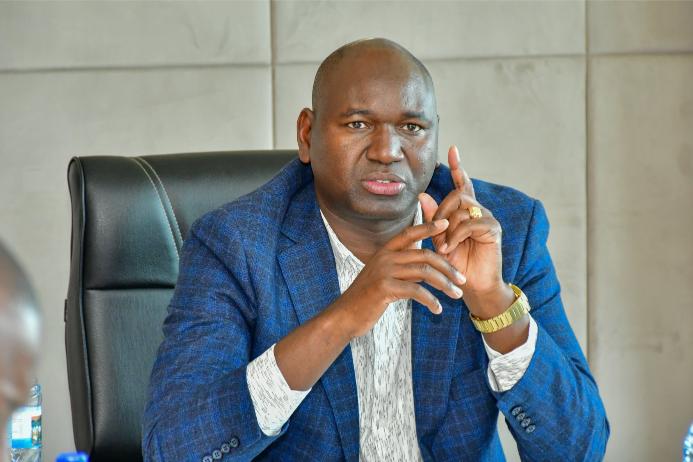A Ministry of Education audit has uncovered more than 50,000 ghost learners in secondary schools nationwide, highlighting major discrepancies in student enrolment figures.
The verification exercise, which has reached just over half of the country’s 32,000 schools, is exposing inflated enrolment numbers that have affected funding allocations.
Basic Education Principal Secretary Julius Bitok told the National Assembly’s Education Committee, chaired by Julius Meli, that 17,400 schools have so far been verified. “In secondary schools, we have found that more than 50,000 students were ghost students, and we are only at 50 per cent of verification,” he said, adding that the problem appears most severe at the secondary level compared to primary and junior secondary schools.
Bitok explained that the ministry collects enrolment data from the National Education Management Information System (NEMIS), school heads, and sub-county directors. “We get data from NEMIS, the school heads and sub-county directors. For secondary schools, it’s obvious that numbers are higher than what was expected,” he said.
The PS said enrolment figures dropped after fresh data was requested from schools and sub-county directors. He revealed that over 14,000 schools are still awaiting capitation funds pending final verification of their actual enrolment. “Only 17,400 schools have been verified and have received capitation,” he added.
Bitok called on Parliament and education stakeholders to provide guidance on handling schools and officials implicated in the irregularities. “We want the committee and the other education stakeholders to help us decide what to do with this data,” he said, noting that the issue could also involve non-existent schools.
“I cannot confirm or deny that there could be ghost schools, but the numbers have gone down. We are dealing with a lot of data and would like to be very accurate, but in a week, we will have clear information on whether there are non-existent schools,” Bitok said.
In a move to improve tracking, every learner will now be issued a ‘Maisha Number’ that will serve as a unique identifier throughout their education and will transition into a national identity card at age 18.
The PS also announced that the Kenya Education Management Information System (KEMIS) will officially launch in January 2026 to strengthen education data management.
The verification follows a special audit by the Auditor General, which flagged instances where public school funds were not reaching their intended destinations. The audit, covering the period 2021 to 2024, found that public schools were underfunded by Sh117 billion, with secondary schools facing the largest shortfall.

